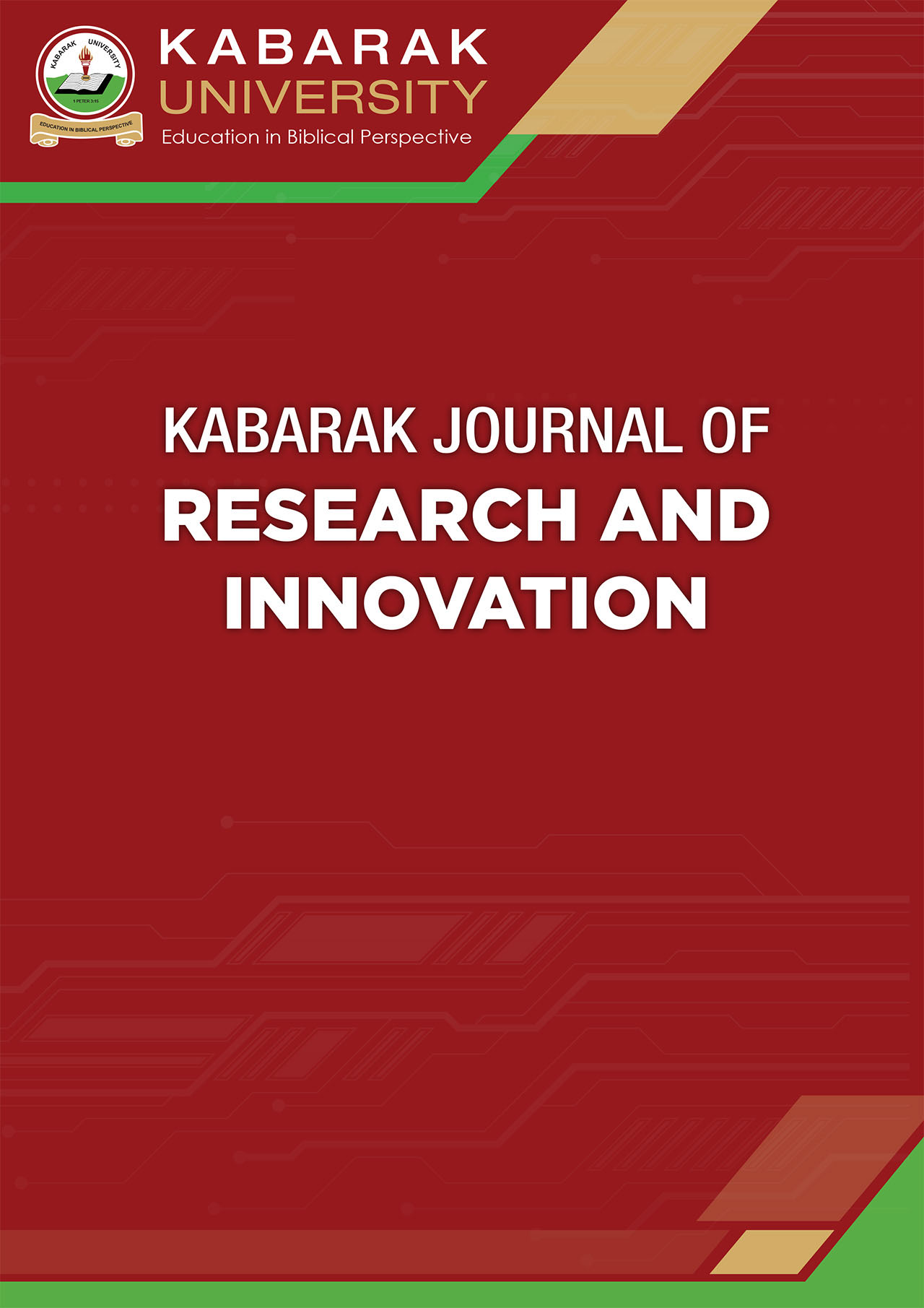Gaps in Informed Consent Process Among Women Who Have Undergone Elective Caesarean Section at AIC Kijabe Hospital, Kiambu County Bramwel Simiyu
DOI:
https://doi.org/10.58216/kjri.v12i2.219Keywords:
elective cesarean section, gaps, informed consentAbstract
Informed consent for elective C-sections is both a legal and ethical requirement. It includes the patient’s decision-making capacity, provision of adequate information, and voluntary consent. The aim of the study was to examine the informed consent process for elective C-sections at Kijabe Hospital with a focus on identifying gaps. The study design was cross-sectional and a structured questionnaire assessing 15 recommended elements of the informed consent process was administered to 137 women post-surgery. Descriptive statistics were used for sociodemographic data. The 15 elements of informed consent were aggregated and expressed in frequencies. Data were analyzed using Microsoft Excel and STATA. The results demonstrated excellent compliance with 100% of files having a signed consent form. However, documentation of the informed consent discussion(s) was not done in all cases. Infrequently addressed elements were; the benefits of surgery, post-surgery briefing and implications on future pregnancy at 59.1%, 57.7% and 67.9% of participants respectively. The average time spent obtaining consent was ten minutes. Of note is that patients’ questions and concerns were addressed in 97.1% of participants. In conclusion, all other elements of the informed consent process were frequently addressed except, documentation of the process, benefits of surgery, post-operative briefing, and implications of the surgery on future pregnancy.
Downloads
Downloads
Published
How to Cite
Issue
Section
License

This work is licensed under a Creative Commons Attribution 4.0 International License.
The Kabarak Journal of Research and Innovation (KJRI) provides immediate open access to all its published content. This is in line with our commitment to making research freely available to the public, supporting a greater global exchange of knowledge.
All articles are published under the Creative Commons Attribution 4.0 International License (CC BY 4.0). This license permits unrestricted use, distribution, and reproduction in any medium, provided the original author and source are properly credited.
Readers are free to read, download, copy, distribute, print, search, or link to the full texts of articles without asking prior permission from the publisher or the author.


